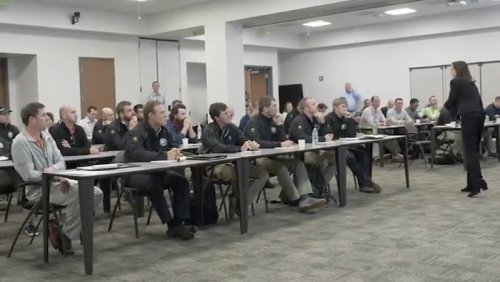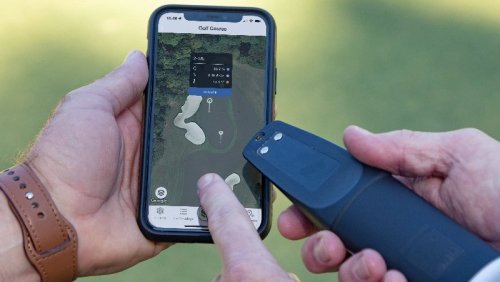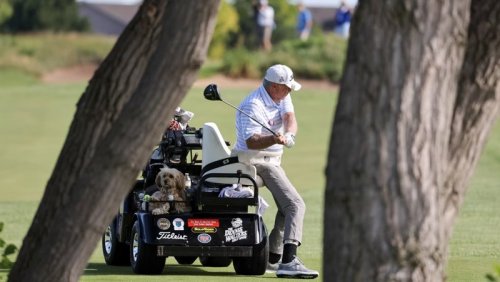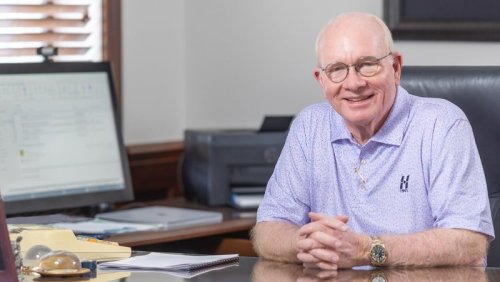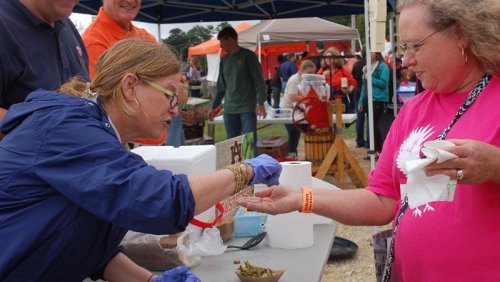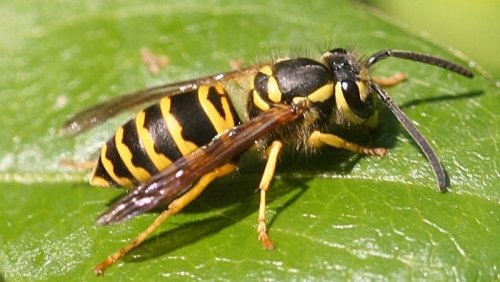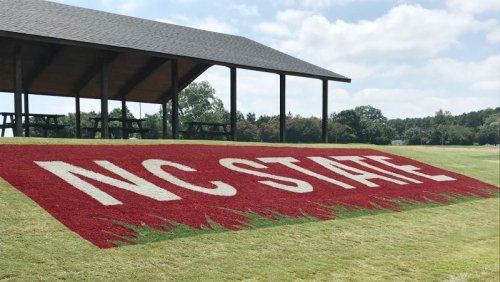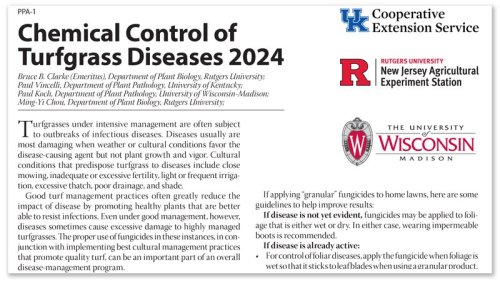
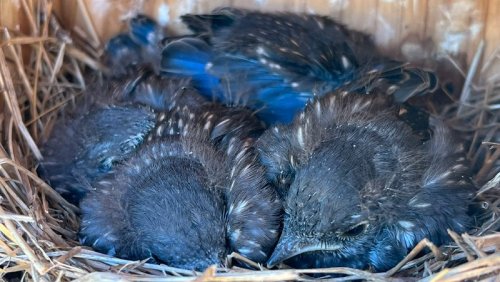
Pavonetti (pictured top right) was among three new members recently added to Audubon's board of directors, joining David Robinson, CGCS (middle right), senior director at Marriott Golf and J.C. Chi (bottom right), founder of Atlanta-based Kuo Diedrich Chi Planners and Architects, a firm that serves the club, resort, retail and residential industries.
The superintendent at Fairview Country Club in Greenwich, Connecticut, Pavonetti has a deserving resumé. He is a nine-time recipient of the GSCAA Environmental Leaders in Golf award and is a member of the town's Sustainability Committee that implements sustainable environmental policies and practices to make Greenwich "a vibrant, resilient, safe and sustainable town."
"I was so honored and surprised to be asked to join the board of directors for Audubon International," Pavonetti told TurfNet. "My passion for environmental stewardship and promoting this to others made this a perfect opportunity to take that next step."
The mission of Audubon International is to promote and help create sustainable practices in golf, lodging and hospitality and sustainable communities by providing a template for certification of its members.
"The new board members certainly add a considerable amount of experience and new ideas to an already incredible group," Pavonetti said. "That is always helpful. The board is made up of some really extraordinary people, so I can see some exciting things happening as we start to work together effectively. I have been to one meeting so far, and I can tell you that there are some great ideas being considered already."
Robinson earned a bachelor's degree in turfgrass science from Penn State and an associate's degree in golf course management along with a certificate in turf equipment management from Lake City Community College (now Gateway College) in Lake City, Florida. He served as superintendent at JW Marriott Marco Island Beach Resort, Golf Club and Spa in Naples.
As an Audubon board member, Robinson is looking forward to helping the association grow its number of certified facilities, strengthen programs and build on overall golf sustainability awareness.
"I am honored to be elected to the board," Robinson said in a news release. "Audubon International has been Marriott Golf's foundational sustainability program for nearly 20 years. I look forward to working closely with the organization to help build their presence within the industry and further promote golf sustainability."
Jim Pavonetti, CGCS, has been recognized on several occasions for his environmental stewardship work at Fairview Country Club in Greenwich, Connecticut. That work includes providing a haven for wildlife (below). Photos by Jim Pavonetti, CGCS With more than 30 years of experience in the club-design industry, Chi has gained expertise in the areas of golf development feasibility, amenity master planning, facility programming and design implementation of golf and recreational facilities. He has led efforts in the Caribbean, Mexico, Central America and throughout Asia.
"I wholeheartedly take it seriously," Chi said in the release. "On a personal level I have time to devote to outreach and going beyond the commitments I have with my profession. I'm challenging myself to be more proactive and have a positive impact on other people, my projects, and my club clients–and to help expand the network."
Pavonetti, a product of the Rutgers turf program, recognized the benefits of an association like Audubon that is focused on environmental sustainability in golf long before he became superintendent at Fairview in 2008. He believes helping educate the next generation of superintendents is part of his responsibility of serving on the Audubon board of directors.
"I was an assistant superintendent when Audubon International first came on the scene and promoted environmental programs and their certification programs. I always knew that this would be something I would naturally pursue once I became a head superintendent," he said.
"What I hope to accomplish as a board member, though, is to find ways to effectively promote these programs to those entering the golf maintenance and field maintenance businesses and entering turf schools. If we can make the same impact on the younger generation as it was made to me when all of this was new, then I think this will cause a resurgence in participation in this program. When you couple the GCSAA's Best Management Practices initiative, it should be an easy transition to go to that next level and pursue achieving Certified Sanctuary status."
He also knows that it is important that others, especially those outside the golf industry, know about such efforts so they have maximum impact.
"My goal is to promote these programs to the decision makers and general golfers," he said. "If these programs effectively get on the radar of country club boards, management companies, course owners, general managers and golf professionals, then I think it will become more persuasive and rewarding for a superintendent to work towards Certified Sanctuary status. If it becomes important to that audience, then it could be a subject that is brought up in interviews for big jobs, bonuses, and raises. That should make superintendents and assistants that are on the fence, go the distance."
- Read more...
- 1,181 views


